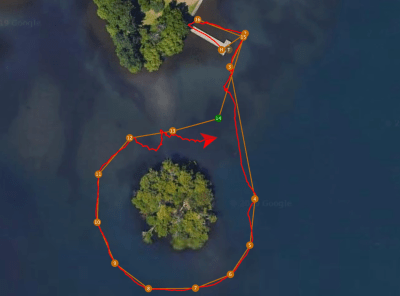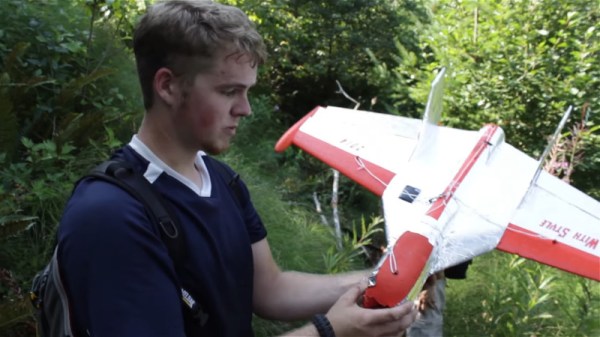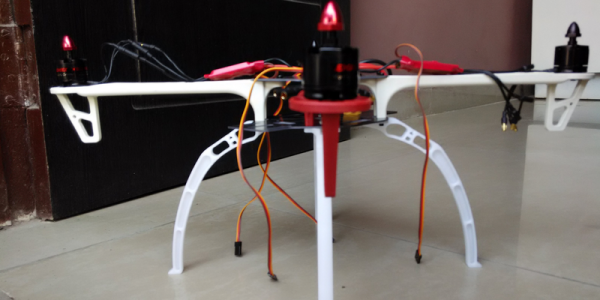Sure, mowing the lawn is a hassle. No one really wants to spend their time and money growing a crop that doesn’t produce food, but we do it anyway. If you’re taking care of a quarter acre in the suburbs it’s not that much of a time sink, but if you’re taking care of as much grass as [Roby], you’d probably build something similar to his autonomous skid-steer mower, too.
This thing isn’t a normal push mower outfitted with some random electronics, either. This is a serious mower that is essentially a tractor with blades attached to it. Since it’s a skid steer, it turns by means of two handles that control the speed of the left or right drive wheels. Fabricating up some servo linkages to attach them to specialized servos takes care of the steering portion, and the brain is ArduPilot hooked up to a host of radios, GPS, and a compass to allow it to drive all around the runways at the airport without interfering with any aircraft.
This is a serious build and goes into a lot of detail about how servos and linkages should behave, how all the software works, and the issues of actually mounting everything to the mower. The entire project is open source too, so even if you don’t have a whole airport runway to mow you might be able to find something in there to help with your little patch of grass.
Thanks to [Vincent] for the tip!
Continue reading “Skid Steer Mows Airport Grass Autonomously”























